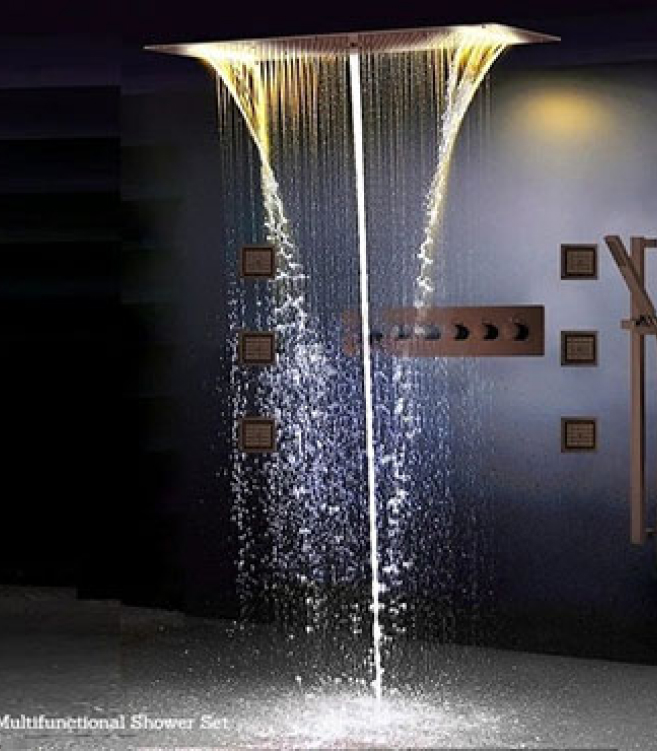Avoid Low quaity Leaky Faucets
Avoid Low quality Leaky Faucets
Leaky Faucets – What are the Reasons?
Frustrated with the leakage in faucets? Now, it’s time to avoid low quality leaky faucets. Keep in mind that not all bath faucets are treated equally. There are several signs that your faucet is bad – for example, it could be leaking water, the finish is dull or pitted, it drips even after you tried to repair it. According to the United States, Environmental Protection Agency leaking faucets can account for almost 10,000 gallons of wasted water every year. This is sufficient to fill a swimming pool up with all the water wasted from a leak in your faucet.
There are many different possible causes why your faucet may be leaking and most of the times it may just be more economical to actually replace your faucet in the first place. Some of the different causes of the faucet leaking are a problem with the O-ring, corroded valve seat, worn out the washer, improper installation of the washer, loose parts, worn out seals, or broken plumbing. Worn out seals are common in old bathroom faucets and can cause quite a few problems for homeowners.
This is usually caused by a constant usage of the faucet and an accumulation of sediment, which inevitably causes the seal to wear down. Any of these various issues may be a sign that it is time to upgrade to a new faucet. Or simply the style just looks outdated after your new bath remodel. If this does describe your faucet, then you are ready for replacement options.
Normally faucets should last for years, but of course, they will not last forever. If, for example, the internal parts go bad, the valves may not open completely, resulting in low water pressure. You may get spare parts for your faucet if you know the exact make and model, but it’s always a better idea just to replace the entire fixture. BathSelect has quality faucets with a five-year warranty, tub faucets tough enough for a house full of teens and multi head shower walls that make you feel like you just stepped under a tropical waterfall.
Making things tougher is that you’ll also find poor-quality pretenders that glitter as brightly as top-of-the-line models. Picking a style you like is the easy part of buying a new faucet. The harder questions are: What material and finish were used in the faucet you like? Will they last and still be easy to clean? If there is a problem, how difficult and expensive are repairs? In other words, which faucet will give you the best style and service for what you want to spend?
How to choose Faucet finish –
Faucets come in a wide array of finishes. The finish you choose will help shape the style for your bathroom. Remember to consider how the finish complements or contrasts with the color of walls and textiles in the room. Here are a few of the most popular bathroom faucet finishes you’ll encounter –
Chrome – One classic bathroom fixture is a chrome bath faucet. The silvery shine works well in a variety of styles, especially with contemporary decor. Chrome bath faucets require little maintenance and have great light-reflecting properties.
Bronze – Bronze faucets and oil-rubbed bronze bathroom faucets give a classic feel to a room. The dark color of oil-rubbed bronze faucets is especially popular for bathrooms with an old-world influence.
Brass – Shiny polished brass bath faucets look great in a traditional bathroom. The light golden color lends a formal look to the room. Brass also comes in unpolished, antique styles.
Brushed nickel – Like chrome faucets, brushed nickel bathroom faucets are perfect for a modern bathroom. They share the same silvery hue, but brushed nickel faucets can look a bit warmer than chrome. Brushed nickel bathroom faucets are also low-maintenance.
See also the shower faucets reviews, and shower faucet replacement & repair parts.
